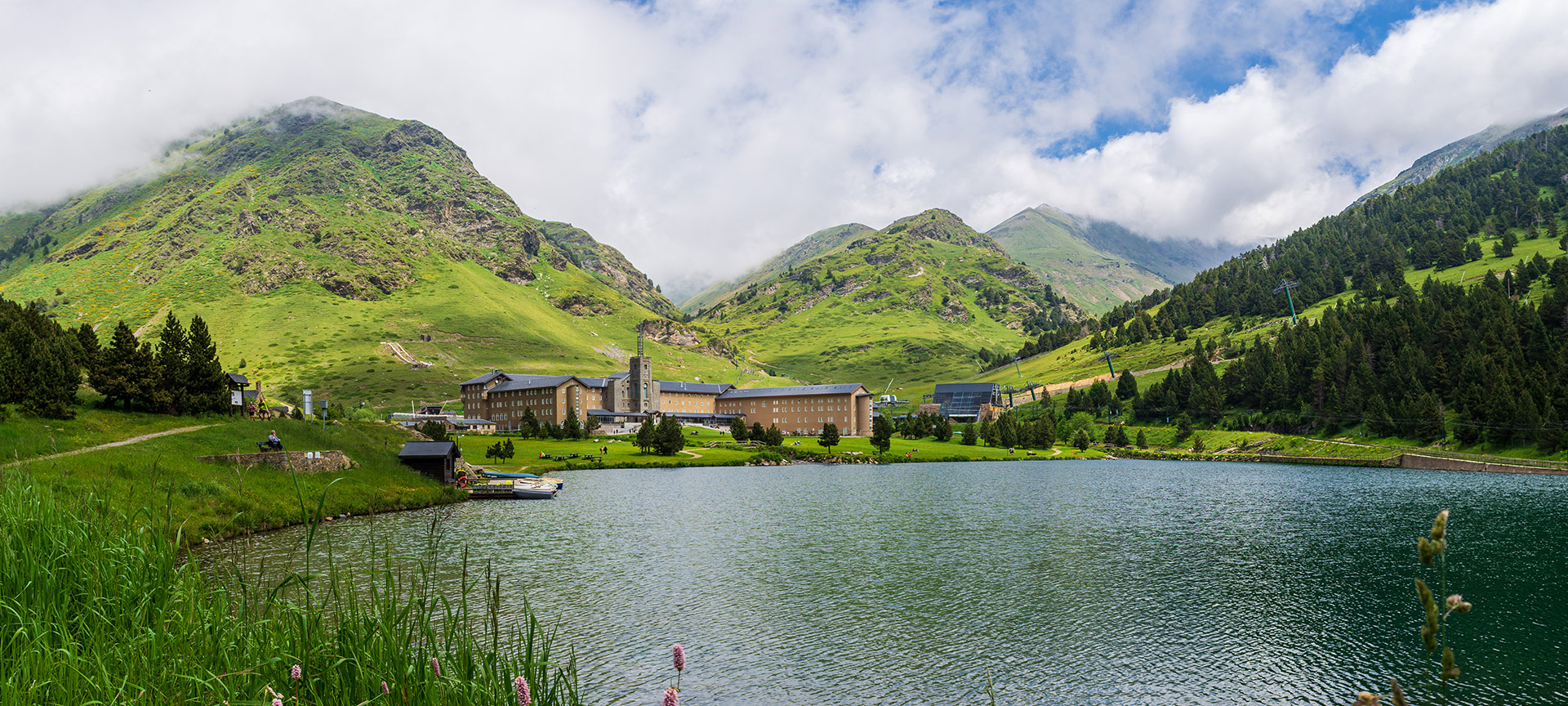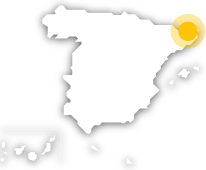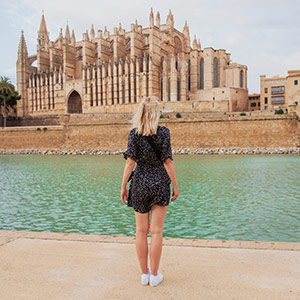
Capçaleres del Ter and Freser Natural Park

A unique space in the high Pyrenean mountains that descends towards the Mediterranean.
Located in the region of Ripollès, its peaks reach altitudes of 3,000 metres above sea level. It covers more than 14,000 hectares and boasts valuable natural and intangible heritage.
Declared a natural park in 2015, it is also a Site of Natural Interest and a Special Conservation and Special Protection Area for Birds. It also shares space with the Freser-Setcases National Hunting Reserve. Found in the region of Alt Ripollès, it borders to the north with the French border (Regional Nature Reserve of the Catalan Pyrenees and the Catalan Nature Reserves), to the south with the Natural Area of Interest of the Sierra Cavallera, and is also near other protected spaces, such as Alta Garrotxa and Sierra de Montgrony.Surrounded by alpine and subalpine forests, the Ter and Freser rivers originate in the park, which for centuries have carved out the valleys, creating deep ravines, such as the impressive Roques Tot-lo-Món. Can you imagine a 700-meter-high rock wall where unique flora and fauna coexist?The territory has a marked past and present of sustainable use of natural resources. Added to the mining legacy are some of Catalonia's first hydroelectric power plants, the Núria Valley rack railway, and other infrastructure for enjoying the mountains and nature.
Capçaleres del Ter and Freser Natural Park
Girona (Catalonia)
Activa JS
What you need to know
-
Cultural information
You'll be dazzled by the towns inside the nature reserve, a cultural treasure that blends medieval and Romanesque heritage with a significant industrial past. You will be able to discover unique architectural treasures, such as the Romanesque Church of Sant Jaume de Queralbs or the Sanctuary of the Mare de Déu Núria, located in the Núria Valley and accessible by a peculiar rack railway.In addition, the park boasts a rich intangible heritage. In addition to the spiritual and religious significance of Núria Valley, one must also consider its mythological fame. Have you heard of the giant Puigmal? Or the Retirada route? There are many legends about the region and the historical importance of this nature reserve as a key spot for mountaineering in the region.
-
Environmental information
You will have the opportunity to admire the diversity of the eastern Pyrenees. You'll be amazed by the complex shapes of its glaciers, delicate vertebrate species, numerous invertebrates of great interest, and a rich and diverse high-mountain flora. Marmots, chamois, golden eagles, and bearded vultures are just a few of the wildlife that awaits you. The park is also home to the Bac de Carboners black pine forest, included in the Inventory of Singular Forests of Catalonia. The orographic, climatic and geological characteristics foster a great floral richness, with 30 protected species.
-
Information for visits
The nature reserve has 18 trails to help visitors understand all the values of the area, with spectacular natural viewpoints. Highlights include hiking trails, archaeological routes, as well as mountain biking and road cycling routes.In addition, it has four Information Centres, two in the Ribes Valley and two in the Camprodon Valley.- Queralbs Visitor Centre: Plaza de la Vila 4, 17534 Queralbs, Vall de Ribes.- Núria Information Center: Vall de Núria Rack Railway Station, 17534 Queralbs, Vall de Ribes.- Setcases Information Center: Calle del Rec s/n, 17869 Setcases, Vall de Camprodon.- Information center in Ulldeter: Pla de Morens s/n, Vallter, 17869 Setcases, Vall de Camprodon.


